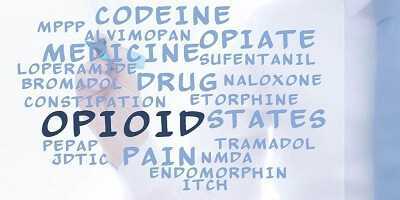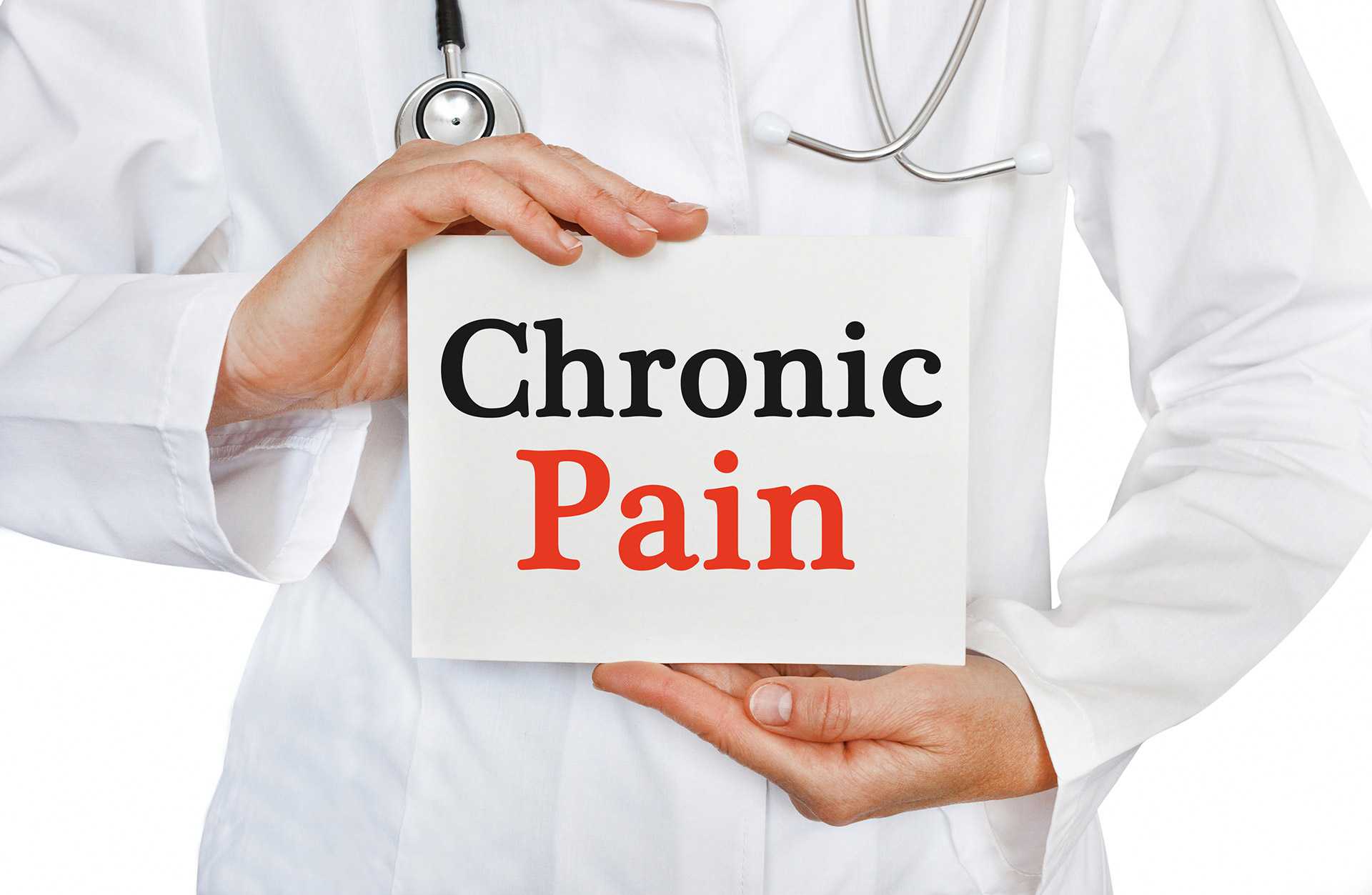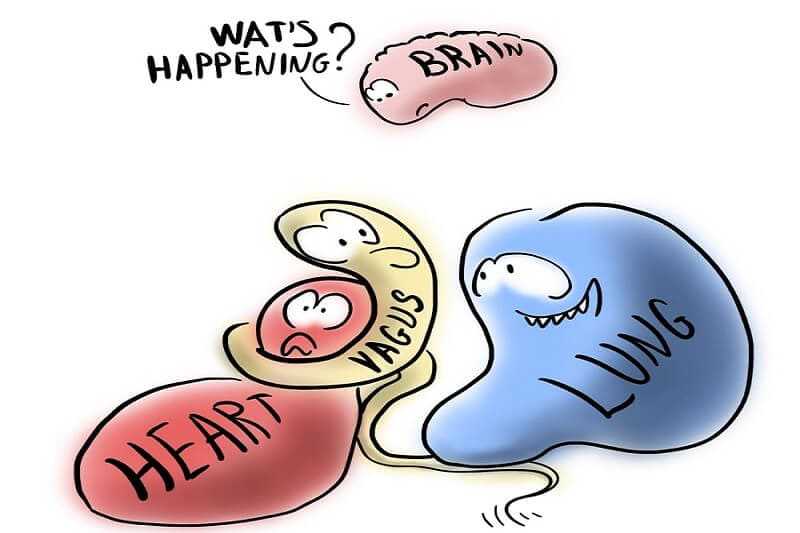Politicizing Pain Management- The CDC Opiate Guidelines

I write this post with a “heavy heart” as I consider the ever increasing obstacles people with chronic pain are facing. It seems that the over 100 million Americans suffering from chronic pain have few advocates for real relief, especially in our governmental agencies. Also, it seems the medical profession has an obsession with “opiophobia” (a phobia is an imagined fear that does not correlate with reality).
This article is a critical analysis of the Centers for Disease Control’s recent guidelines for primary care physicians that were published on the prescribing of opiates for chronic pain. Therefore, I have entitled this article, “Politicizing Pain Management- The CDC Opiate Guidelines.”

What I am about to share with you will probably never receive any mainstream television media attention. The present media outlets in the U.S., that dominate television, are owned by 6 major corporations. The competition between news corporations is at an all-time low in the U.S. as these huge corporations control what you view on your TV.
These corporations are subject to the influence of their advertisers for revenue, the government for licensure, and law enforcement to avoid harassment (not the least of which is the Internal Revenue Service). Suffice it to say, the news that most of us receives from these sources may not be the most objective (despite what Bill O’Reilly says). They are no longer the purveyors of absolute truth, if they ever were.
This results in the information we receive from these sources to be inaccurate, if not downright biased. What is presented as facts is often one sided and intentional. There seems to be a hidden agenda to it.
Take for instance the many cases against physicians who prescribe opiate pain medicines for their chronic pain patients. In his well-researched book entitled, “The Criminalization of Medicine: America’s War On Doctors”, Dr. Ronald T. Libby reviews many of the aggressive prosecutions the Department of Justice has waged against physicians. Is that really necessary?
If there is disagreement with the prescribing patterns of a physician, the easiest and most cost effective way to approach it is to probate their license by way of state regulators or rescind their DEA certification (all controlled medications that are prescribed by physicians require a federal number that links every transaction to the prescription the Doctor has written before a pharmacist will fill the prescription).
But it isn’t as “sexy” legally to just stop a Doctor when the federal government disagrees with their opiate prescribing patterns. They must humiliate them, destroy their careers, shred their reputations, and vaporize their finances. The Department of Justice does this by applying the laws that were originally legislated for the violent cocaine cartels of the 1980’s. They have a 97% conviction rate.
By the time the pre-trial scourging by the Department of Justice is completed, the accused physician no longer has the will to fight back (nor does their defense attorney). And this is all before there has been a trial (let alone a guilty verdict). Dr. Libby has documented this very carefully in his book.
But, have you ever seen his book or seen him interviewed on TV? Of course not, the networks have little interest in the truth about the criminalization of physicians.
There is no therapy, diagnostic tool, philosophy, or human genius that is correct 97% of the time about anything. In fact, God Himself had 1/3 of His angels turn against Him (led by His favorite angel who was His worship leader, Satan). Is the Justice Department right more than God? The 97% statistic doesn’t pass the “smell test…”
There are more inconsistencies in the application of the law and medical standards when it comes to opiate pain medication therapy.
We want to believe that an esteemed organization like the Centers for Disease Control (CDC) would “be above” politicizing the process whereby they make recommendations. In the next section I am going to share with you the research criteria for proving that a given independent variable (such as the use of opiate pain medication) causes addiction (dependent variable).
What are the Criteria for Causation?
Common sense, experience, and knowledge are not the most reliable forms of truth when making a medical decision. The most reliable way to determine the truth about a treatment is to evaluate it with the scientific (empirical) method.
The more important the truth needs to be (such as when millions of American’s lives will be affected by whatever truth is adopted) the more carefully it should be examined. When it comes to the national policy on a treatment that will effect over 100 million American lives, the information about opiate effectiveness, side effects, addiction potential, and overdose incidence should be of the highest quality. It must be the scientific empirical method.

In Biostatistics, it is well known that in order to prove that variable A CAUSES variable B, three criteria must be satisfied:
- Covariance: As variable A changes, B changes accordingly.
- Temporal Precedence: The change in variable A must PRECEED the change in variable B.
- Internal Validity: There can be no alternate explanations for the results in variable B. Variable A should be the only thing that changed.
Of the 3 absolute criteria for causation, Internal Validity is the hardest to satisfy. There is no way to eliminate all variables from a laboratory controlled experiment (let alone trying to determine causation of a sociologic phenomenon such as opiate abuse).
It is fundamental, then, that an extensive critique be made of any pronouncement for causation. It is essential that all divergent opinions be considered that could account for the variation of A and the observed variation of B. Has this been done with the burgeoning abuse of opiate pain medications? It has not…
What are the CDC Recommendations?
A complete and thorough review of the recent CDC recommendations is beyond the scope of this present article (click here to link to the full review article). However, I will review for you the recommendations that I consider to be the most restrictive and disturbing. They are:
- The notion that non-pharmacologic and non-opiate therapy is the preferred therapy.
The preferred therapy should be the therapy that has the highest likelihood to reliably relieve pain, has an acceptable level of risk for the patient, is affordable, and accessible. There is no way to treat chronic pain without risk. Opiates should not be relegated to the least preferred therapy. The guidelines by the CDC infer the least preferred point of view.
- The notion that the continued use of opiate pain therapy should only be continued if a meaningful reduction in pain and increase in function can be demonstrated.
There are many patients whose chronic pain can be relieved with opiate therapy but who will not be able to demonstrate a meaningful improvement in function. Furthermore, who is going to define meaningful reductions in pain and improvement in function…the patient or the Doctor?
- The notion that the total daily dose of morphine milligram equivalents should be less than 90 mg per day.
The association of a higher risk of overdoses with higher daily doses of morphine needs more empiric, prospective study before it can be categorically excluded. An association does not mean causation. Patients on higher doses of opiates generally have multiple mechanisms of pain production that requires the higher doses.
- The notion that by limiting the number of days of acute opiate pain medicine usage to no greater than 7 days will decrease the likelihood of the need for chronic therapy.
The population average for patients becoming addicts from therapeutic doses of opiates has not changed in over 100 years. If there was a causal relationship between opiate usage for acute pain and the need for usage in chronic pain, we should have seen an increase in the percentage of people becoming addicts transitioning to chronic pain from acute opiate usage.
We would expect a larger number of people becoming addicted if a larger number of prescriptions are written. This does not reflect an increase in addiction percentage but improvement in the number of people actually obtaining relief of their chronic pain.
7 Reasons Why the CDC Guidelines Should Be Abandoned
1) The committee of experts did not include any pain specialists in private clinical practice.
Dr. Charles Argoff of Albany Medical College, Professor of Neurology, and Director of the Comprehensive Pain Center noted that the advisory panel for the CDC did not include any pain specialists in private clinical practice. The advisors were academics who treat pain in an optimal academic environment.
2) The committee of experts did not include any Doctors who were strongly in favor of opiate therapy.
The advisory committee was made up of mostly anti-opiate physicians (with 2 “neutral” advisors). There were no advisors represented who had large numbers of patients successfully treated with high dose opiates.
3) The committee of experts had members who had a conflict of interest with the process.
The advisory committee had members who were closely associated with a law firm that litigates drug related cases for profit. In keeping with the standard that has been established for Doctors who profit from their association with any given drug company, the Doctors with ties to law firms that litigate opiate cases for profit should have been excluded.
4) The committee did not include any successful users of chronic opiate therapy.
For some reason, the advisory committee did not include any successful patient consumers of opiate pain medication. Would not their perspective have been important for these landmark recommendations?
5) The committee used low quality research to base its recommendations on.
As was stated earlier in this article, more studies on causation need to be carried out before general guidelines such as these are instituted. Association is not causation and remains a recognized standard for objective empiric research.
6) The recommendations were not open to public review and critique for a long enough period of time.
Governmental regulations require public review for 90 days prior to formation of guidelines authored by a governmental organization. The CDC guidelines were only available for public comment 48 hours. This would not have allowed sufficient time for dissenting opinions to have been collected.
7) The opinions and recommendations of the individual members of the committee were not disclosed.
The members of the advisory committee should allow scrutiny of their individual recommendations so that they can be accountable to the American public. The secrecy of this committee is contrary to the usual open format that characterizes governmental committees historically.
Where Do We Go From Here?
The actual process by which the CDC recommendations were created will set a precedent on how a governmental organization can covertly establish guidelines without the scrutiny of the public. The American Medical Association, the American Cancer Society, the American Chronic Pain Association, the Center for Medicine in the Public Interest, and many other patient advocacy groups with healthcare professional organizations have denounced the guidelines.
The American public must contact their congressional representatives, Doctors, and other healthcare organizations to voice their objection to this impending travesty that is about to be foisted upon physicians. The result of these guidelines will further impair the already inadequate access that chronic pain patients have to chronic opiate therapy.
Although not law, the CDC “recommendations” will soon become standard of care and will serve to further reduce a primary care physician’s willingness to prescribe opiate pain medications for chronic pain.
Final Comments
I have reviewed the historical context of opiate pain medications, the Biostatistical criteria for causation, my objections to the CDC guidelines, and 7 reasons the guidelines need to be discarded.
We have come to a cross-road in chronic pain management care. The obsession with “opiophobia” by politically active physician groups, along with other political groups who have a conflict of interest on this matter, are endangering the access that legitimate chronic pain patients will have for opiate pain therapy.
I hope you have found this article provocative and informative. If you have any further questions or comments, please leave it below. I would love to hear from you and will respond to your inquiries promptly.
Wishing you joy and pain relief,
Best Regards,





